-
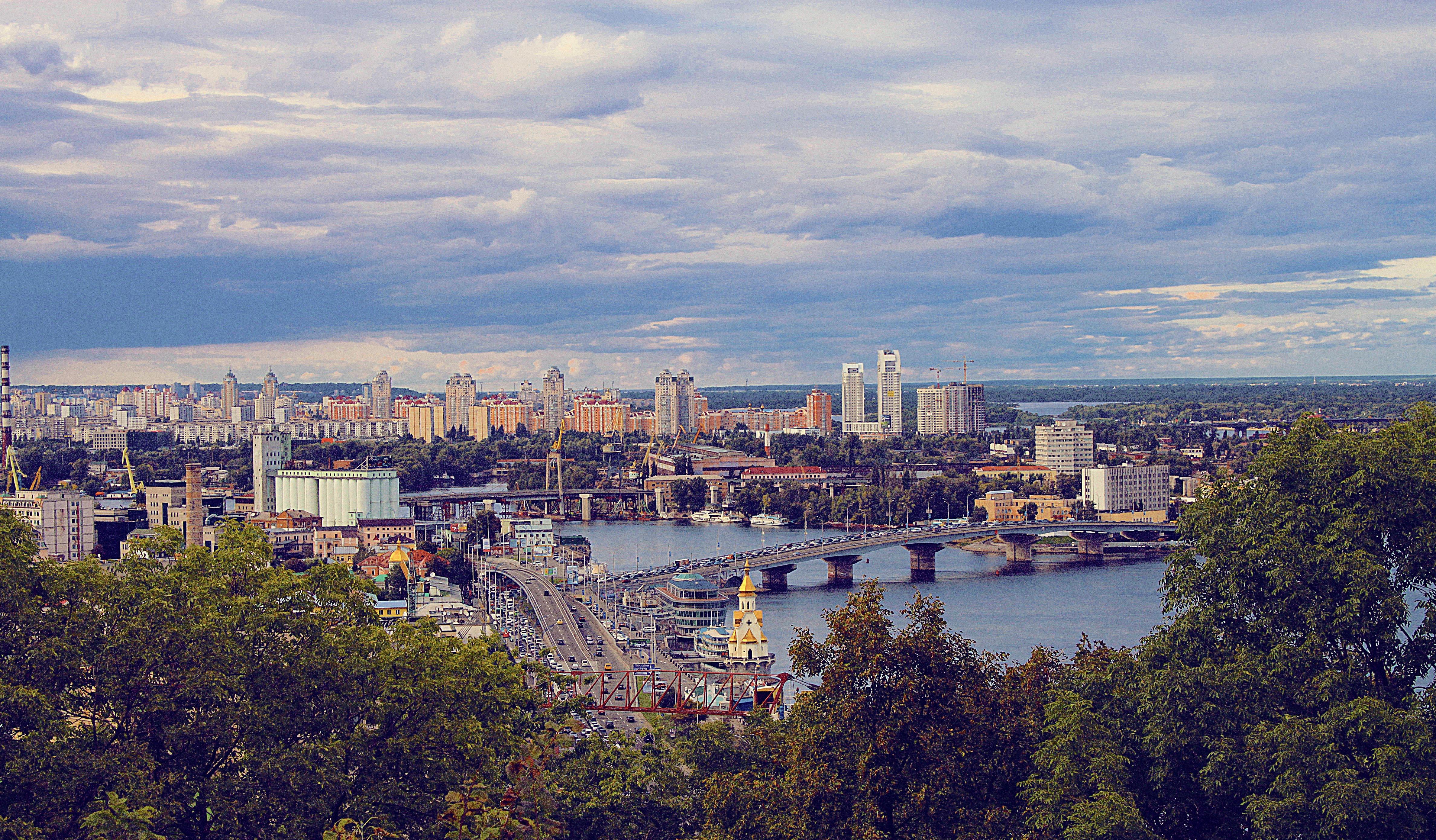
- Summary
- On February 24, 2022, the Russia Federation launched an unprovoked invasion of its sovereign neighbor, Ukraine. The conflict between these two nations goes back to at least 2014 and Ukraine's Revolution of Dignity.
- At the heart of the lengthy conflict – and this most recent escalation – are several disputed territories on the border between the two countries. Despite worldwide condemnation of this attack, Russia continues to move forward into Ukraine.
- Why Did Russia Invade?
- Russia has offered various justifications for invading Ukraine. Russian President Putin claimed, without evidence, that Ukraine was infested with neo-Nazi groups that needed to be purged. Putin and his representatives later claimed that they invaded Ukraine to safeguard its people, despite overwhelming video evidence of Russian strikes on civilian centers, airports, and hospitals. Russian disinformation squads attempted to lay the groundwork for the invasion with false flag operations, posting faked videos purporting to depict Ukrainian forces attacking Russia.
- The videos were quickly debunked by news organizations and individuals alike. Effects of the War Ukraine's President, Volodymyr Zelenskyy, instituted martial law and mandatory conscription for able-bodied men between the ages of 18 and 60.
- Millions of Ukrainian citizens have been displaced, with many seeking an escape from war in nearby countries like Poland. Despite the loss of life in both civilian and military ranks, the grassroots resistance to the war has proved effective. By digging trenches, erecting barriers, constructing explosives, and even changing road signs to confuse the invaders, Ukraine's population has proven highly effective against the Russian advance.
- Estimates of Russian casualties vary depending on which side is reporting. On March 2, Russia's Ministry of Defence claimed that only 498 Russian soldiers had been killed in the conflict. Just a few days later, Ukrainian news agencies put that number closer to 12,000.
- Russia's aggression has cost its people and economy dearly. The ruble, Russia's official currency, experienced a 30 percent decline in the war's first week. That precipitous drop left each ruble worth less than one American penny. Sanctions imposed by a multitude of countries have squeezed supply lines, dramatically reducing Russian access to goods.
- Hope for Peace Russia's invasion of Ukraine has escalated into a humanitarian crisis, with more than 2.5 million people displaced by the conflict. Even Ukraine's attempts to safeguard its people as they fled from missile attacks were threatened. After initially agreeing to establish humanitarian corridors, Russian troops were accused of attacking civilian transports, deploying landmines in the agreed-upon corridors, and attempting to force civilians to flee toward Russia and Belarus. As fierce fighting continues, however, there are reasons to continue hoping for peace.
- Ukrainian and Russian delegates began holding negotiations about four days into the war, though initial talks broke off quickly. On March 13, news broke of potentially fruitful conversations between the two sides. While open to talks, Ukrainian representatives signaled an unwillingness to surrender or capitulate to Russia's demands, and noted that Russia appears to be realizing that their demands will not be met without compromise.
- Copyright (c) 2011-2023 Network World News - All Rights Reserved
Russia's 2022 Invasion of Ukraine
Katie Jane
Covid-19 News
Department of Homeland Security Outlines New Process for Americans Returning from Certain European Countries, China, and Iran
WASHINGTON – In order to help prevent the spread of travel-related cases of coronavirus in the United States, today the Department of Homeland Security (DHS) Acting Secretary Chad F. Wolf issued a Notice of Arrival Restrictionsoutlining the process for American citizens, legal permanent residents, and their immediate families who are returning home after recently visiting certain European countries (listed below), China, and Iran.
Effective for flights taking off at 11:59 PM EDT on Friday, March 13th, Americans returning from all restricted countries will now be required to travel through the following 13 airports:
Upon arrival, travelers will proceed to standard customs processing. They will then continue to enhanced entry screening where the passenger will be asked about their medical history, current condition, and asked for contact information for local health authorities. Passengers will then be given written guidance about COVID-19 and directed to proceed to their final destination, and immediately home-quarantine in accordance with CDC best practices.
“While the overall risk of serious infection from the coronavirus to the general public remains low at this time, the Trump administration is taking these aggressive measures to keep the risk low, requiring all Americans returning from affected areas in Europe to be funneled through 13 airports for screening upon their return to the U.S.,” said Acting Secretary Wolf. “To minimize disruptions to travelers, TSA, CBP, and air carriers are working to identify qualifying passengers before their scheduled flights. These passengers will be rerouted to one of the 13 airports by their airline at no cost to them.”
Wolf continued: “I understand this new process will be disruptive to some travelers, however this action is needed to protect the general public from further exposure and spread of the coronavirus. Once back in the U.S. it is imperative that individuals honor self-quarantine directives to help protect their loved-ones and communities.”
President Trump determined that the potential for widespread transmission of the coronavirus by infected individuals seeking to enter the United States threatens the security of the homeland. Therefore, the Department is taking action in furtherance of the public health interests advanced by the March 11thpresidential proclamation which suspends entry to nearly all foreign nationals who have been in certain European countries, China and Iran at any point during the 14 days prior to their scheduled travel to the U.S.
These European countries, known as the Schengen Area, include: Austria, Belgium, Czech Republic, Denmark, Estonia, Finland, France, Germany, Greece, Hungary, Iceland, Italy, Latvia, Liechtenstein, Lithuania, Luxembourg, Malta, Netherlands, Norway, Poland, Portugal, Slovakia, Slovenia, Spain, Sweden, and Switzerland. This Presidential Proclamation does not apply to U.S. citizens, legal permanent residents, nor their family members under the age of 21, and other individuals who are identified in the proclamation. Nor does it apply to cargo and economic shipping.
Copyright (c) 2011-2023 Network World News | All Rights Reserved | Networkworldnews.com



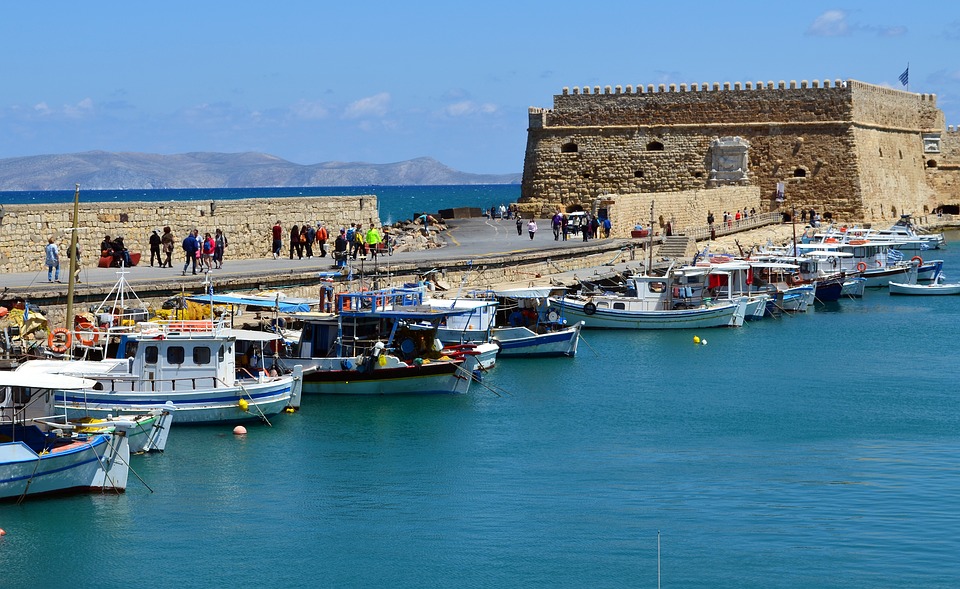
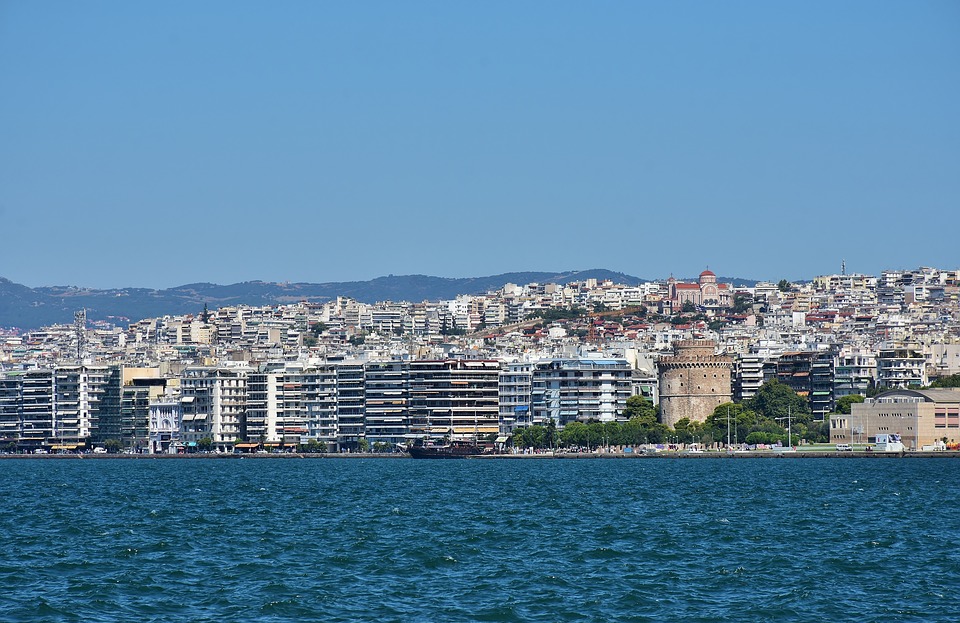
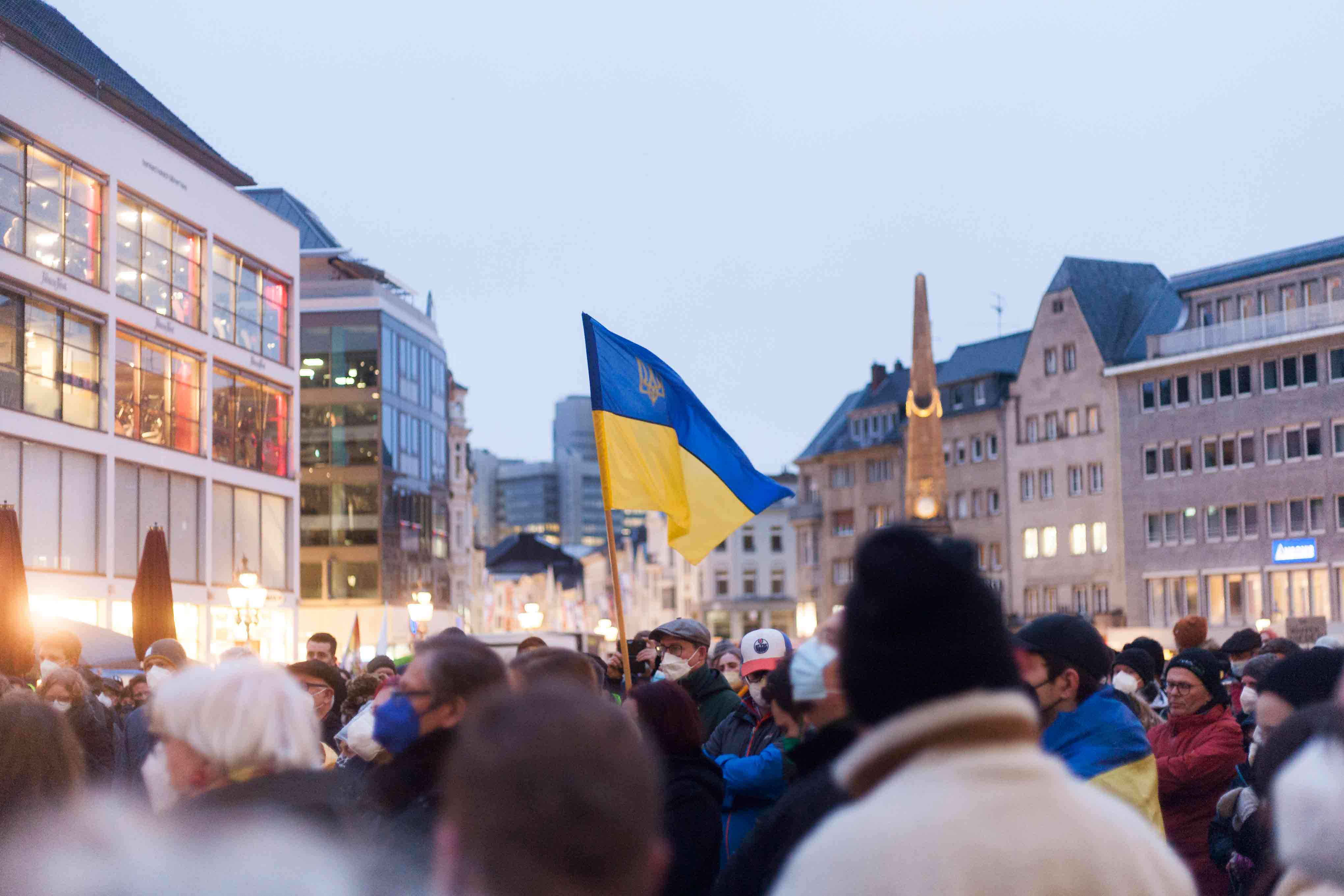
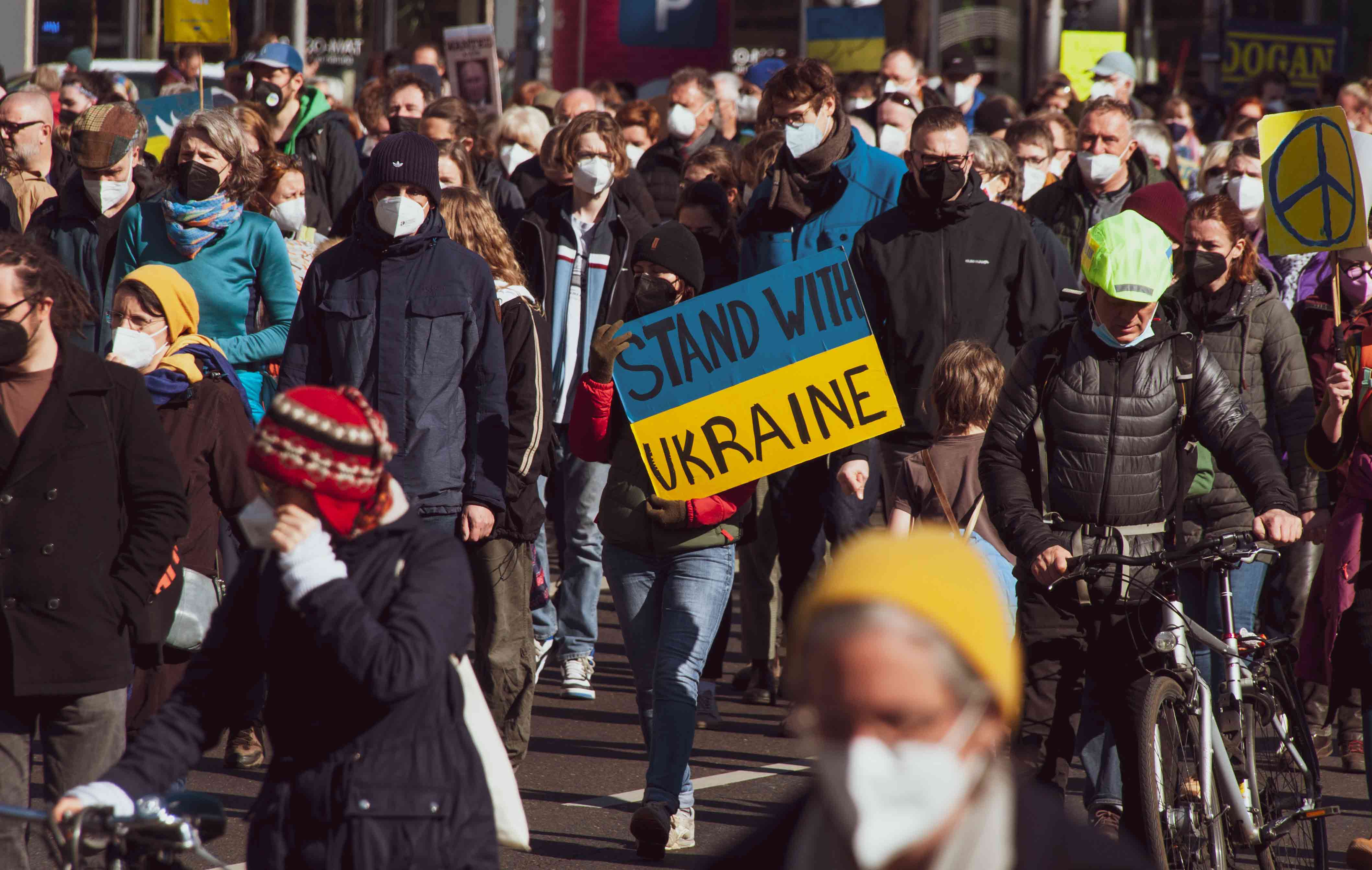
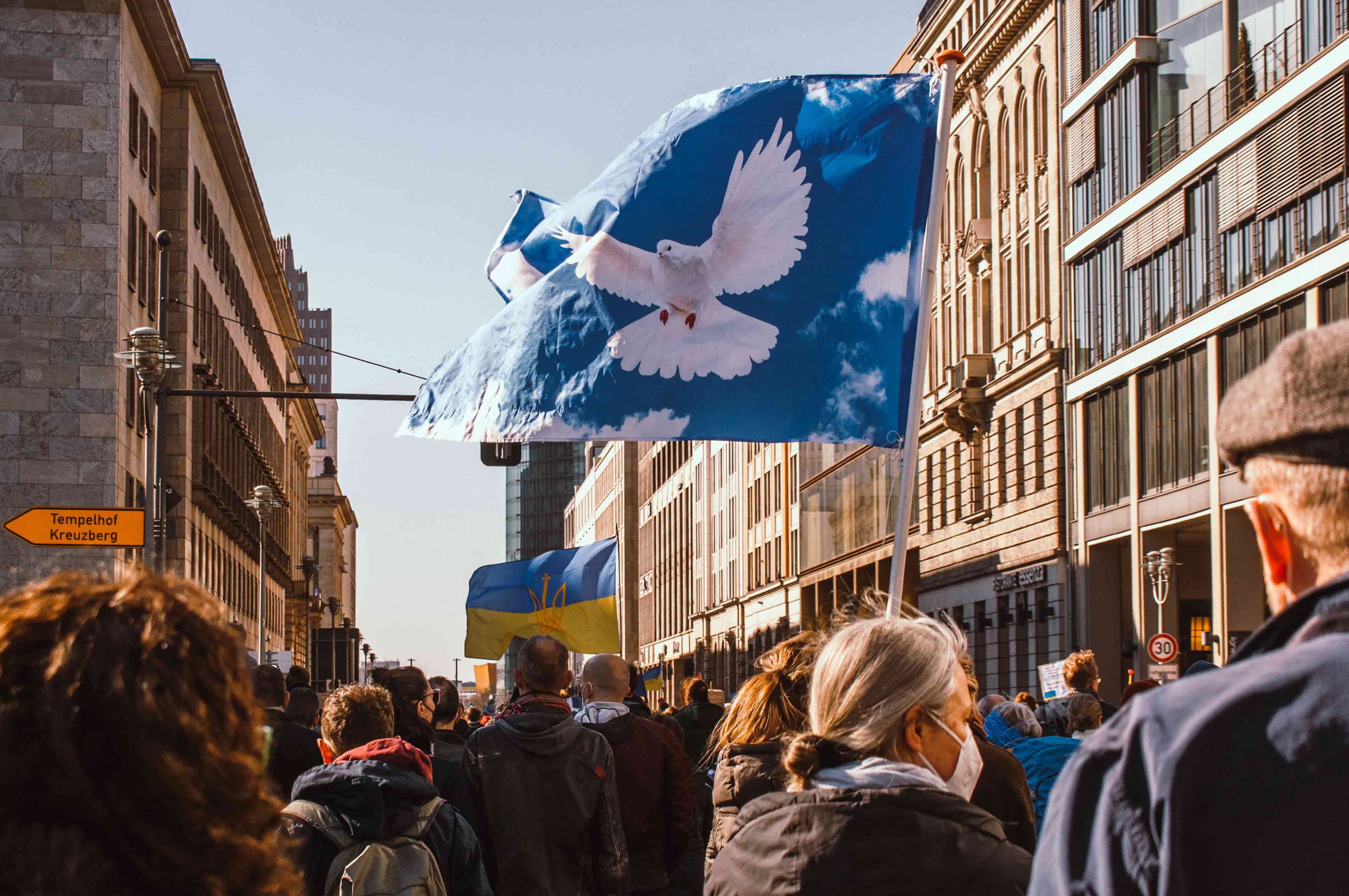
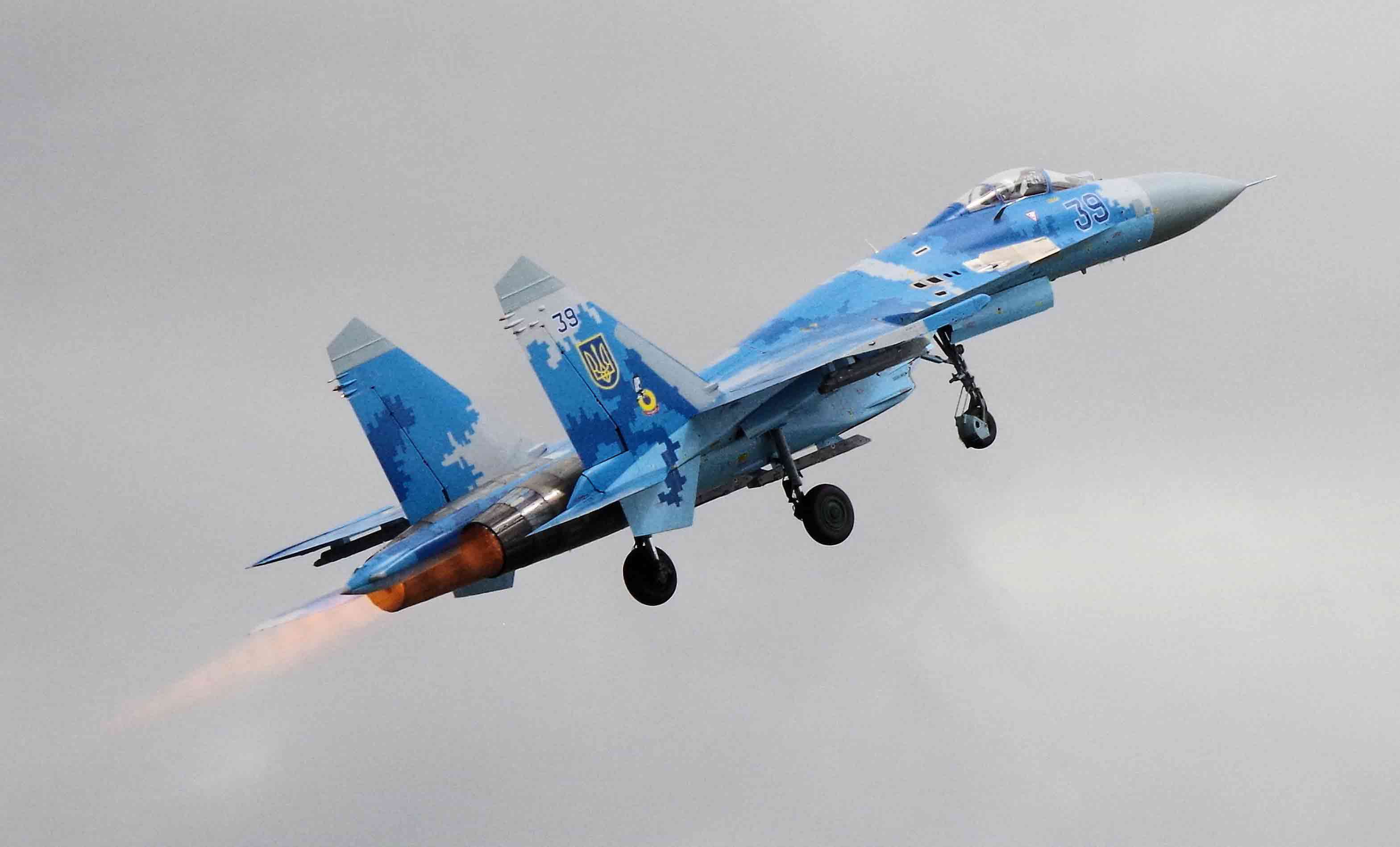
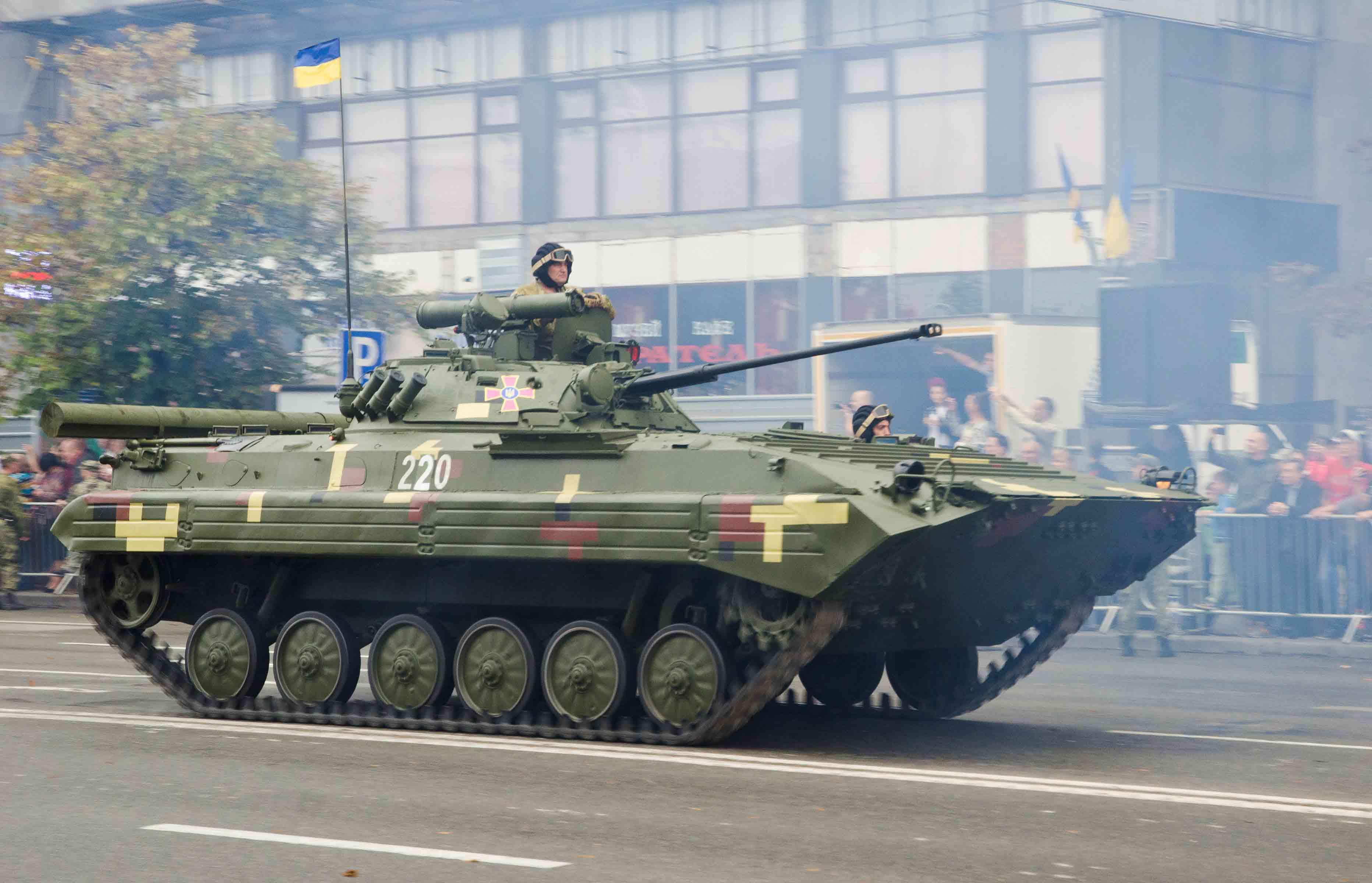
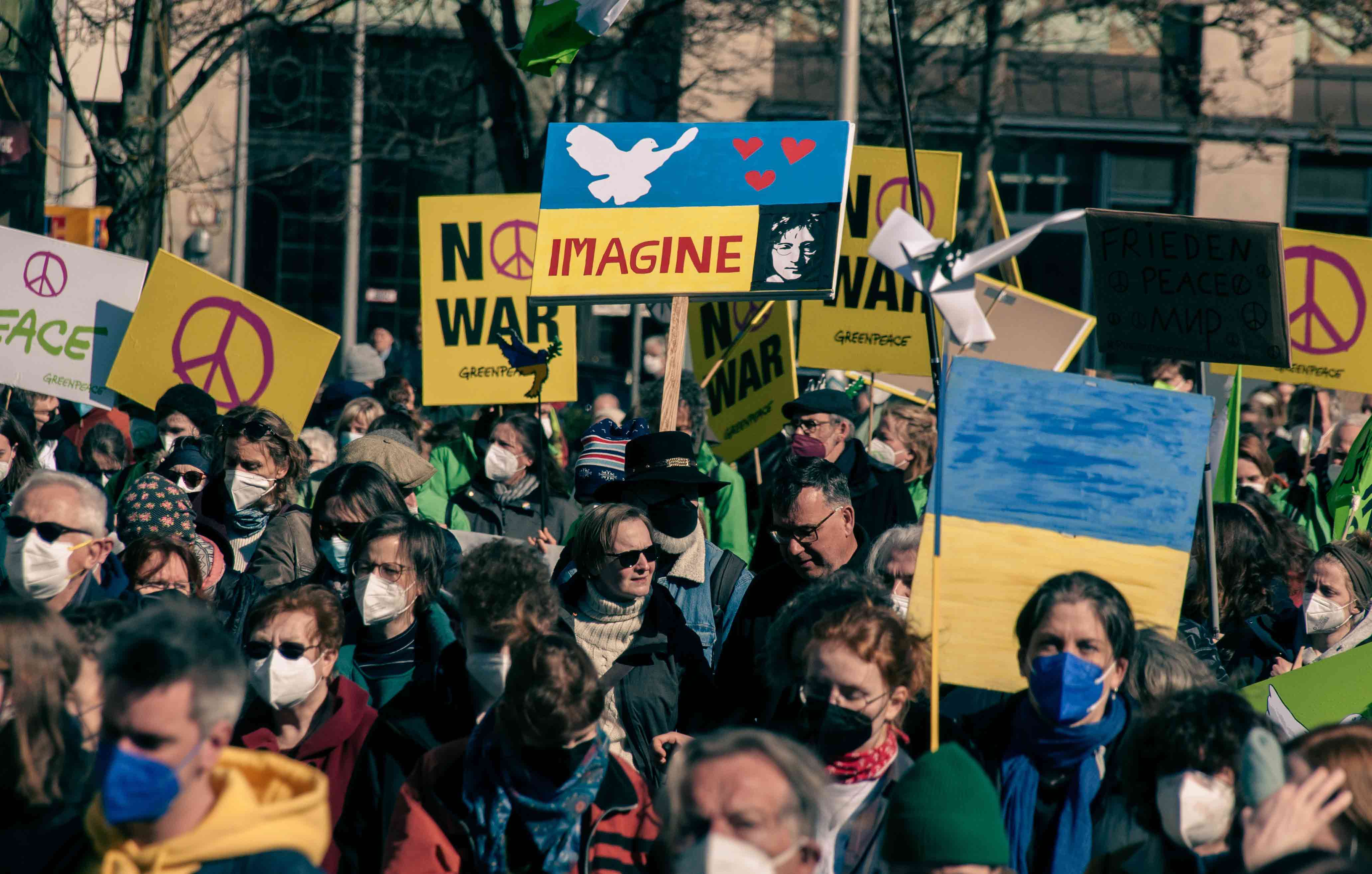
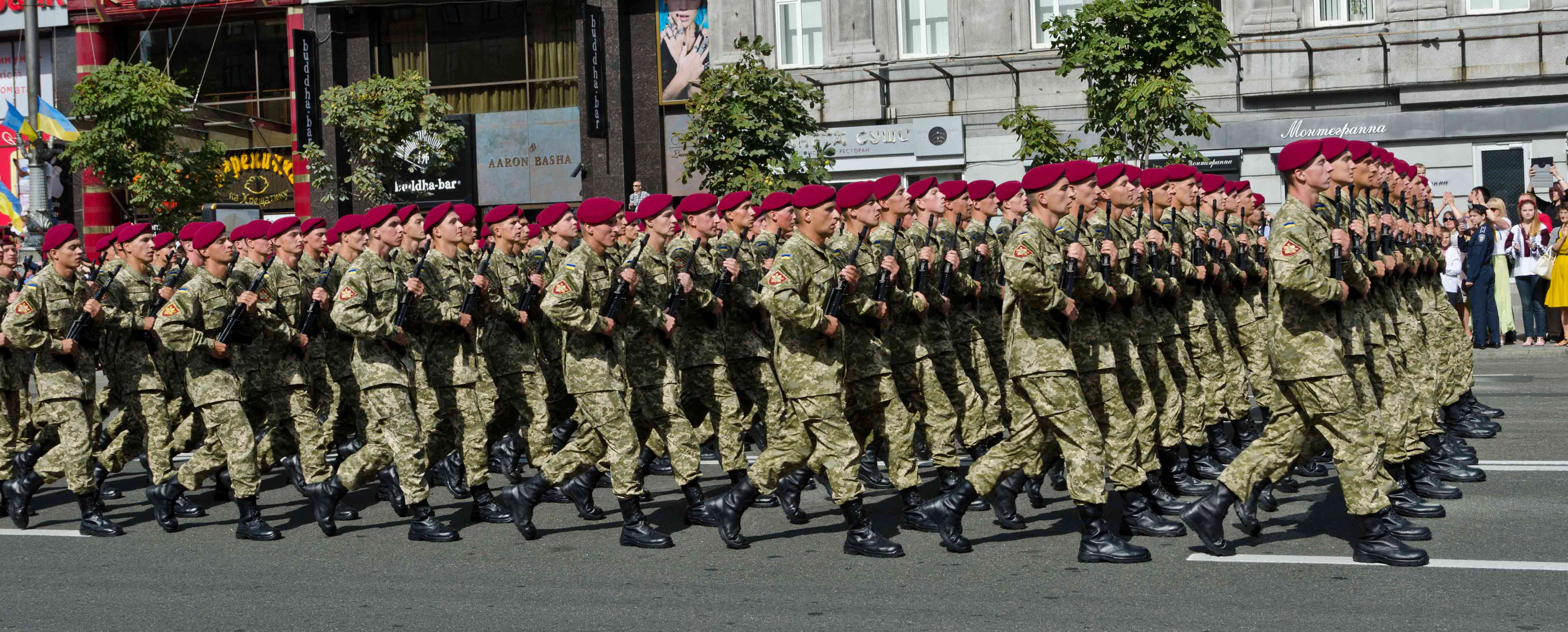
This thread is closed
katie Jane on June 18th, 2021 at 10:39 am
ReplyI'm on my way to Crete now I will make note of the temp and let you know how it was..